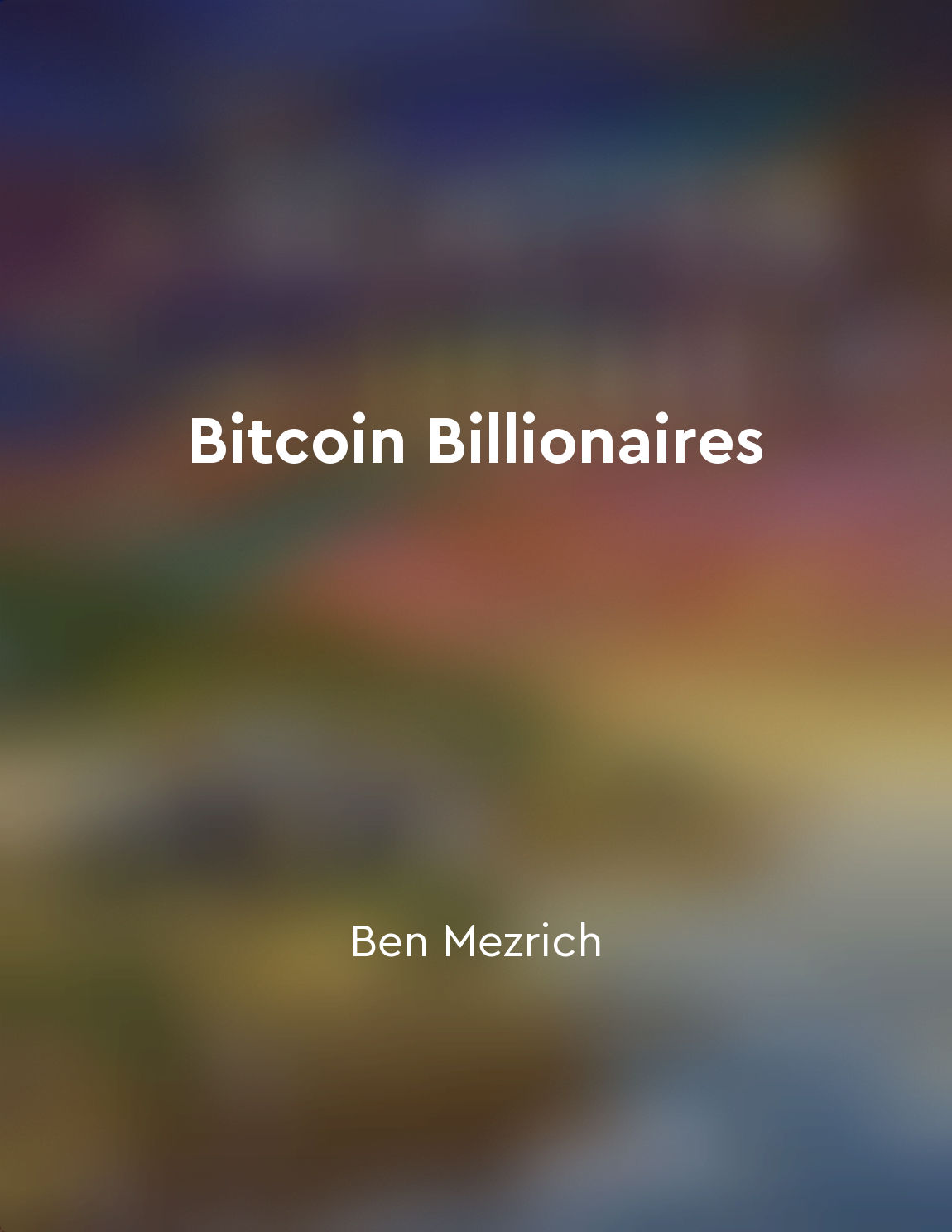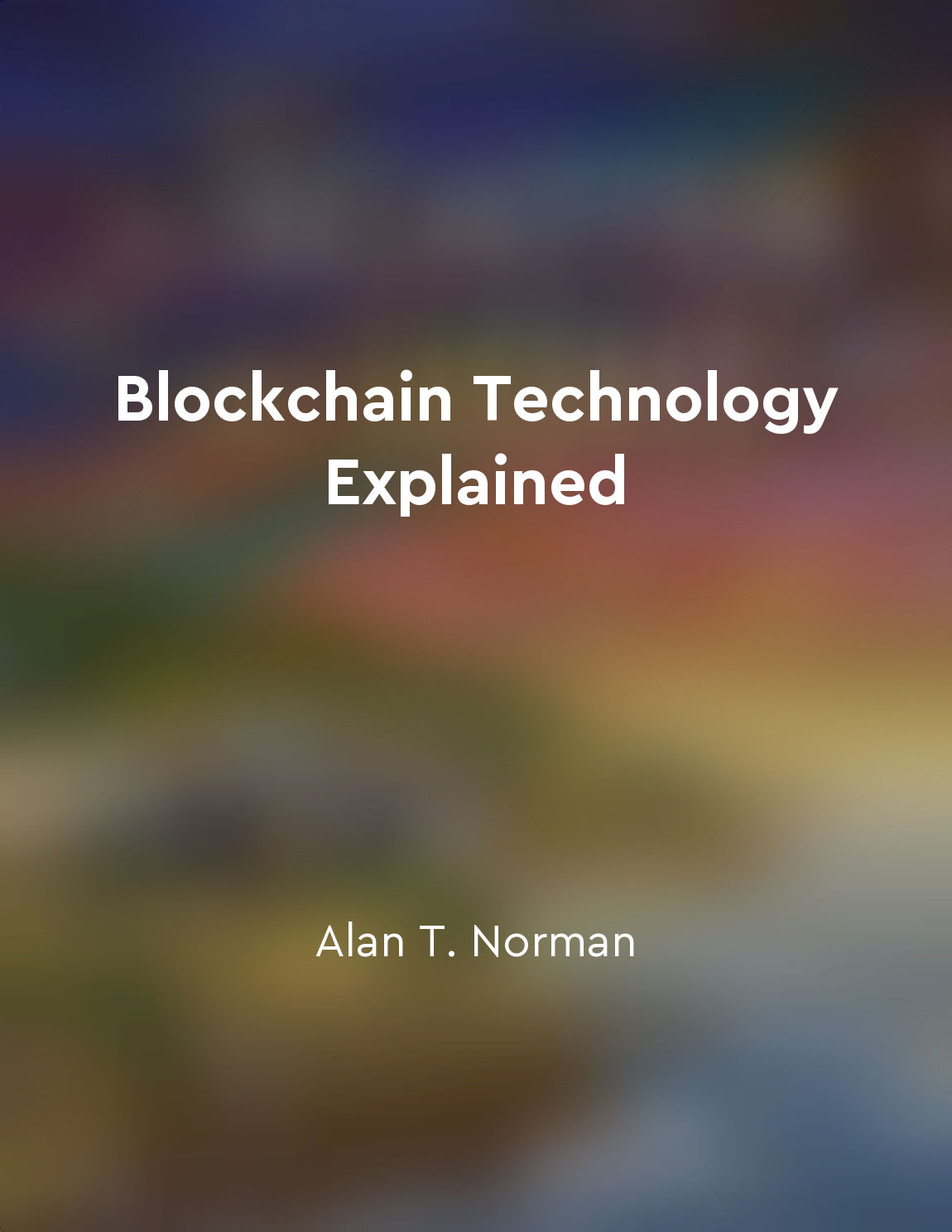Private blockchains are restricted to a specific group of users, while public blockchains are open to everyone from "summary" of Blockchain Technology Explained by Alan T. Norman
Private blockchains are designed for a specific group of users who are invited to participate in the network. These users are typically known entities, such as employees of a company or members of a consortium. Access to the private blockchain is controlled by the administrators, who determine who can join the network and what permissions they have. This closed nature of private blockchains allows for greater control and privacy, as only trusted parties are able to interact with the network. On the other hand, public blockchains are open to everyone, meaning that anyone can participate in the network without needing permission. This open-access model is a key feature of public blockchains, as it promotes decentralization and transparency. Public blockchains rely on consensus mechanisms, such as proof of work or proof of stake, to validate transactions and secure the network. This means that anyone can become a participant in the blockchain network and help to maintain its integrity. While private blockchains offer greater control and privacy, they may lack the transparency and security provided by public blockchains. Public blockchains, by their very nature, are more resistant to censorship and tampering, as they rely on a distributed network of nodes to validate transactions. This decentralized nature of public blockchains ensures that no single entity has control over the network, making them more secure and resilient to attacks. In summary, private blockchains are restricted to a specific group of users, while public blockchains are open to everyone. Private blockchains offer greater control and privacy, while public blockchains provide transparency and security. The choice between a private or public blockchain will depend on the specific use case and requirements of the network participants.Similar Posts

Winklevoss twins gain newfound success
In the wake of their legal battle with Mark Zuckerberg over Facebook, Cameron and Tyler Winklevoss found themselves at a crossr...

Bitcoin is a form of sound money
Bitcoin is a form of sound money. But what does it mean for money to be sound? Sound money is money that is reliable, predictab...

Blockchain networks rely on miners or validators to verify and add new transactions to the chain
Blockchain networks are decentralized systems that require a group of individuals or entities to verify and add new transaction...
How blockchain works
Blockchain is a distributed ledger technology that enables multiple parties to record transactions securely without the need fo...

The immutability of blockchain data makes it resistant to fraud and tampering
Blockchain technology is built on the principle that once data is recorded on the blockchain, it cannot be altered or deleted. ...
Blockchain can enable new forms of social organization
Blockchain technology has the potential to reshape the way societies are organized and operated. By providing a decentralized, ...
